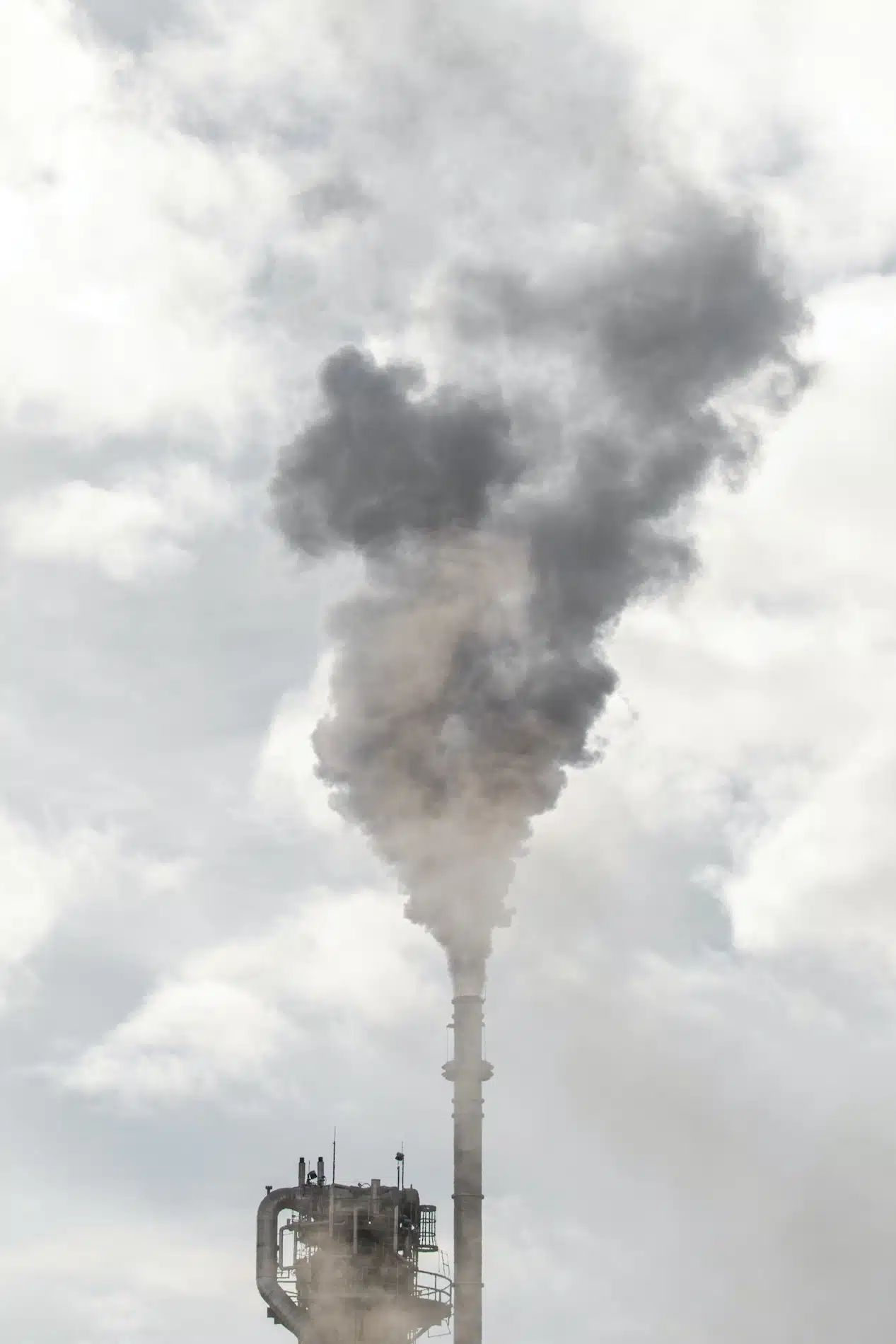Uses of Traditional Grey Ammonia
More than 80% of the grey ammonia produced today is used in agriculture as fertilizer. One part nitrogen and three parts hydrogen, ammonia (NH3) started being used a century ago to avoid a global food crisis, making it possible to easily fertilize crops with nitrogen, because of its high nitrogen component.
Ammonia is also used in other industries:
- Refrigerants
- Textiles
- Mining
- Feedstock
- Chemicals production
- Cleaning materials
- Pharmaceutical manufacturing
- Water treatment

Market Size

Traditional ammonia has been used as a chemical for over 100 years and today over 200 million tonnes of ammonia are manufactured and consumed worldwide. There is a huge infrastructure that has been built up over the years to produce, store and transport it.
The traditional ammonia market has been a commodity-type market with compound annual growth rates of about 5% per year.
A number of recent projections about the market size for Green Ammonia suggest compound annual growth rates over the next decade over 50% because of its potential as a chemical, fertilizer and fuel, as well as for energy grid storage and the ideal carrier of hydrogen for the hydrogen economy.
Ammonia and Pollution
Traditional ammonia is produced in massive refineries around the world, using fossil fuels and energy-intensive methods that contribute heavily to carbon emissions. In fact, ammonia currently ranks as the second most produced chemical globally, with production accounting for 2% of the world’s fossil fuel use. The industry, as a whole, generates over 420 million tons of carbon dioxide annually, creating a challenging tension between producing much-needed fertilizer to meet our needs for food and reducing carbon emissions.
Beyond that, the transporting of traditional ammonia to end users is complex, with a series of ever-smaller storage facilities, pipelines and transportation vehicles (e.g., marine, rail, trucking) involved in delivering it to the consumer. At every transfer step along the way, ammonia escapes into the atmosphere and fossil fuel is used to move it.
The traditional ammonia supply chain is also a problem because of its unreliability in regard to price and supply. Prices have risen dramatically and shortages have erupted in recent months and years – in some cases because of fossil fuel shortages and price hikes (e.g., the natural gas shortages affecting Europe), and in other cases, because of damage caused by extreme weather to U.S. ammonia refineries which have had to be shut down or scaled back. And Russia’s war in Ukraine is significantly making the problem worse.
For farmers, in particular, these irregularities can be catastrophic. In Manitoba, Canada, farmers saw the price of anhydrous ammonia rise from CA$600 per tonne to CA$1,200 per tonne in just six months in 2021. In a period of one year, the price tripled. And the price has kept going up!
Around the world, the search is on to identify a clean and economical way to produce Green Ammonia and to develop a more direct and reliable system of delivery.



